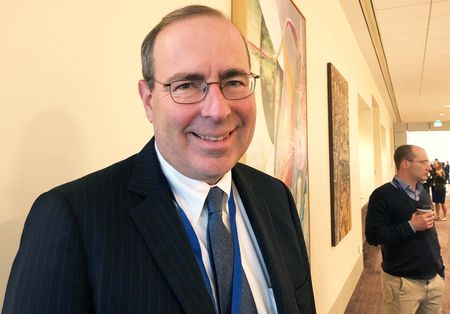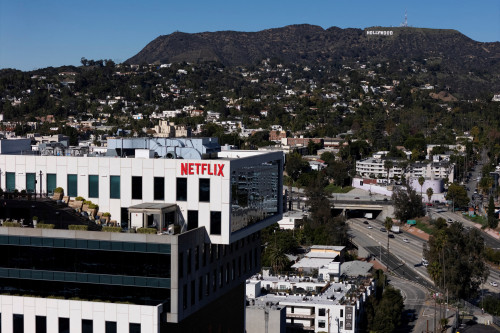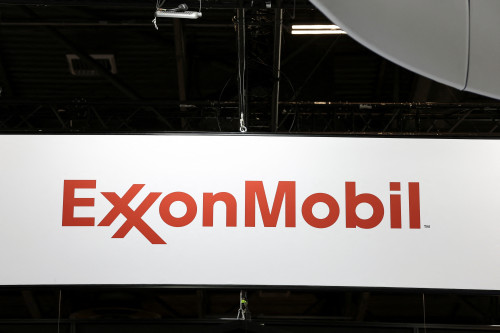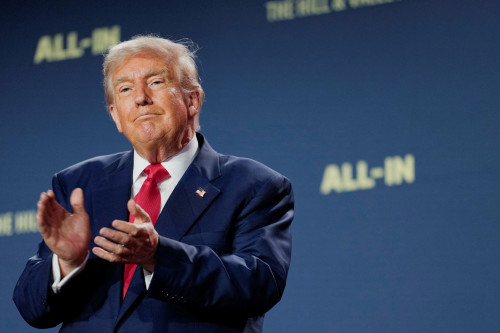By Howard Schneider
LINTHICUM, Md. (Reuters) -Continued strong U.S. job growth and a low unemployment rate shows the Federal Reserve is not yet at the point where its efforts to control inflation risk a direct tradeoff with the central bank’s other goal of maintaining maximum employment, Richmond Fed President Thomas Barkin said on Friday.
“Getting inflation under control is critically important and at this point we are still at 3.7% unemployment and 216,000 jobs added,” per month, Barkin said, referring to the results of the newly-released December jobs survey. “We’re still at a point where inflation is over our target and unemployment is arguably at or below,” levels consistent with maximum employment, Barkin said in comments to reporters following a presentation to the Maryland Bankers Association.
At the Fed’s December 12-13 meeting some policymakers said they thought current high interest rates could soon put the Fed in the position of having to choose between further progress lowering inflation or a markedly higher unemployment rate.
“I don’t think we’ve gotten to that…quite yet,” Barkin said, “but you can see it out there.”
As it stands, he said he felt a so-called “soft landing,” with inflation controlled without the sort of large rise in unemployment that has followed many periods of tight monetary policy, was “increasingly conceivable.”
Balancing the need for further downward pressure on inflation against the possible risks of a sharper-than-expected economic slowdown will be key to the Fed’s coming debate over when to lower the benchmark interest rate from the current 5.25% to 5.5% range that has been in place since July.
At their December meeting a majority of Fed officials projected the policy rate would need to fall by three quarters of a percentage point over the course of the year, an outlook that gives no guidance on when that process might start. Investors expect rate cuts beginning in March, with a deeper reduction of around 1.5 percentage points over the year than Fed officials project.
Barkin did not comment on his own rate outlook, but said that at this point he is still building “conviction” that inflation will in fact return to the 2% target.
While one important measure of inflation is, on a six month basis, already below 2%, Barkin said he remained concerned about how much recent progress on inflation has depended on weaker prices for goods, while inflation for housing and in some service industries remains above target.
“You’ve got this goods deflationary cycle which is masking a continued inflationary cycle on services and shelter. That doesn’t have to be a bad thing. You can get to 2% in lots of ways,” Barkin said. “My metric is conviction…I don’t have any objection conceptually to toggling rates back toward normal levels as you build increasing conviction and confidence that inflation is on a convincing path back to your target.”
(Reporting by Howard Schneider, Editing by Franklin Paul and Diane Craft)





